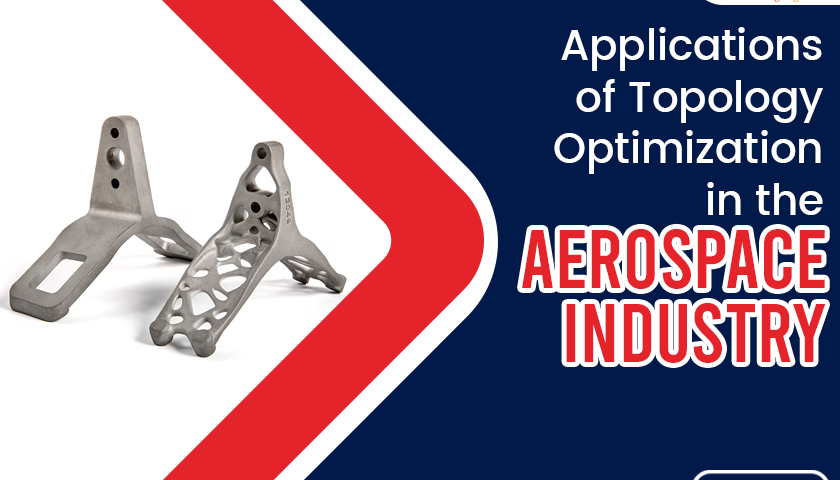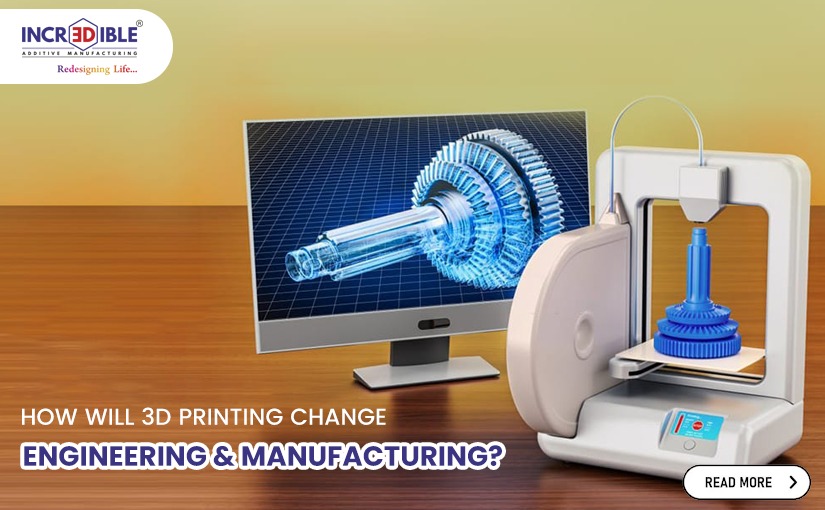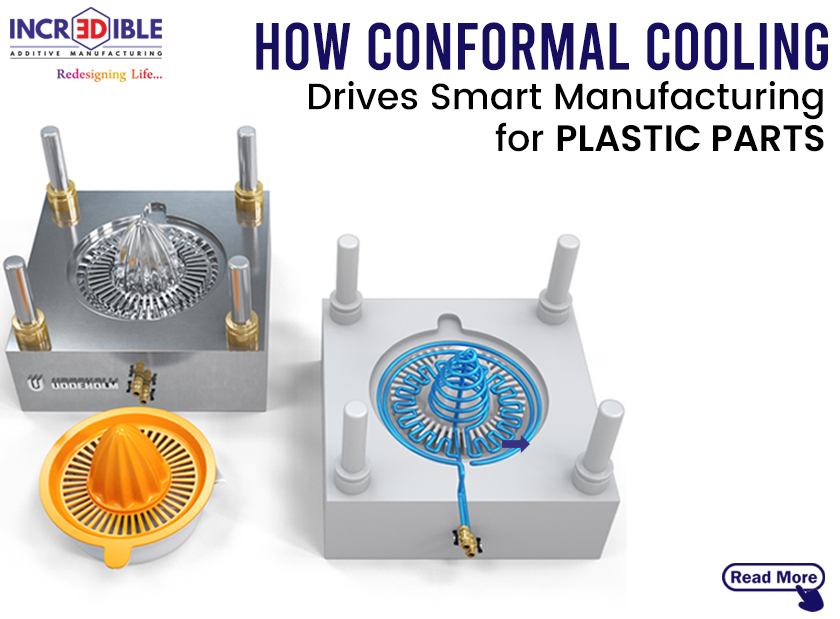Finding robust, lightweight structures is a never-ending search in aeronautical engineering. Efficiency is essential; it’s not simply a catchphrase. Topology optimization, a novel technique that has changed design processes in many industries, most notably the aerospace sector, enables engineers to construct optimal designs that place performance, structural integrity and material distribution first by utilizing sophisticated algorithms and computing power. In this blog, we explore the uses of topology optimization in the aerospace sector and how they influence aviation technology.
Lightweight Structures
In aerospace design, weight is a crucial consideration. greater fuel efficiency, greater range, and increased cargo capacity are all directly correlated with every ounce saved. Topology optimization transfers material to places of higher stress and eliminates material where it is not needed, allowing engineers to reconsider conventional design paradigms. As a result, lighter but structurally sound components are produced without sacrificing usefulness or strength. The aerospace industry uses topology optimization to develop lightweight structures that soar through the skies with unparalleled efficiency, from engine components to aircraft fuselages.
Aerodynamic Optimization
The performance of an aeroplane is greatly influenced by aerodynamics. Aircraft components can be made much more manoeuvrable, have much less drag, and use less fuel when their form and contour are optimized. When combined with computational fluid dynamics (CFD) simulations, topology optimization enables engineers to precisely adjust the aerodynamic profile of engine nacelles, control surfaces, and wings. Aerospace businesses can create optimal designs that maximize lift, eventually improving the overall performance of the aircraft, by iteratively revising the shape based on fluid flow models.
Additive Manufacturing
The combination of additive manufacturing (AM) and topology optimization has created new opportunities in the field of aeronautical design. Complex geometries that were previously thought to be impractical or impossible to fabricate using conventional manufacturing methods can now be made viable by additive manufacturing (AM) techniques like selective laser melting (SLM) and electron beam melting (EBM). AM allows for the smooth translation of topology-optimized designs—which are typified by complex lattice structures and organic shapes—into physical components while minimizing material waste and production time. The production of lightweight, custom parts with unmatched strength and utility is made possible by this convergence of technology, which is spurring innovation in the aircraft manufacturing industry.
Structural Optimization
Aviation safety depends critically on the structural integrity of aircraft components. Topology optimization helps engineers minimize weight while maximizing the design of structural components to survive flying conditions. Engineers can repeatedly optimize the topology of important components, such as wings, landing gear, and fuselage sections, by simulating different load scenarios and limitations. In addition to improving structural resilience, this iterative method lowers material consumption and streamlines manufacturing procedures, which helps save costs.
Thermal Management
In high-temperature situations like aircraft engines, efficient thermal management is critical to minimizing overheating and guaranteeing the longevity of aerospace components. Engineers can create effective heat sinks, cooling channels, and thermal insulation systems that dissipate heat efficiently while reducing weight and volume by using topology optimization. Aerospace businesses can improve the overall operational efficiency of aircraft by optimizing the distribution of material based on thermal conductivity and heat dissipation qualities. This approach can also improve the reliability and performance of crucial systems.
Conclusion
In the aerospace sector, topology optimization has become a game-changer by providing previously unheard-of chances for efficiency and creativity. Aerospace engineers can create lightweight, aerodynamically optimized, and structurally strong components that push the envelope of flight by utilizing sophisticated algorithms, simulation tools, and additive manufacturing technology. Topology optimization will be crucial in influencing how aviation develops by improving performance, sustainability, and efficiency.
Incredible AM Pvt Ltd, a pioneer in additive manufacturing in India, offers 3d printing and other advanced manufacturing products and services to several industries, including the aerospace industry. Our world-class facility at Koregaon Bhima in Pune and our expertise enables us to fulfil all your needs in topology optimization.




